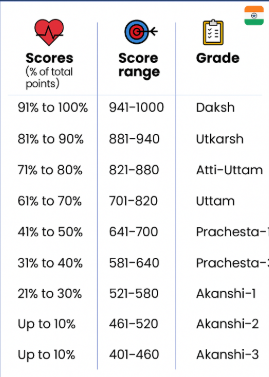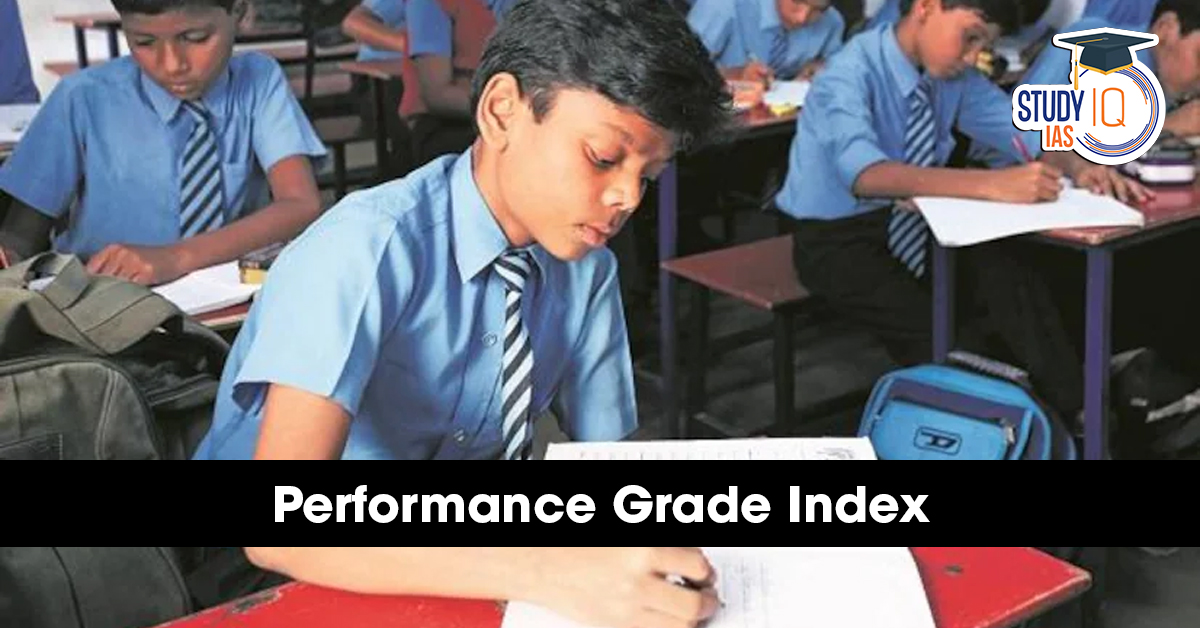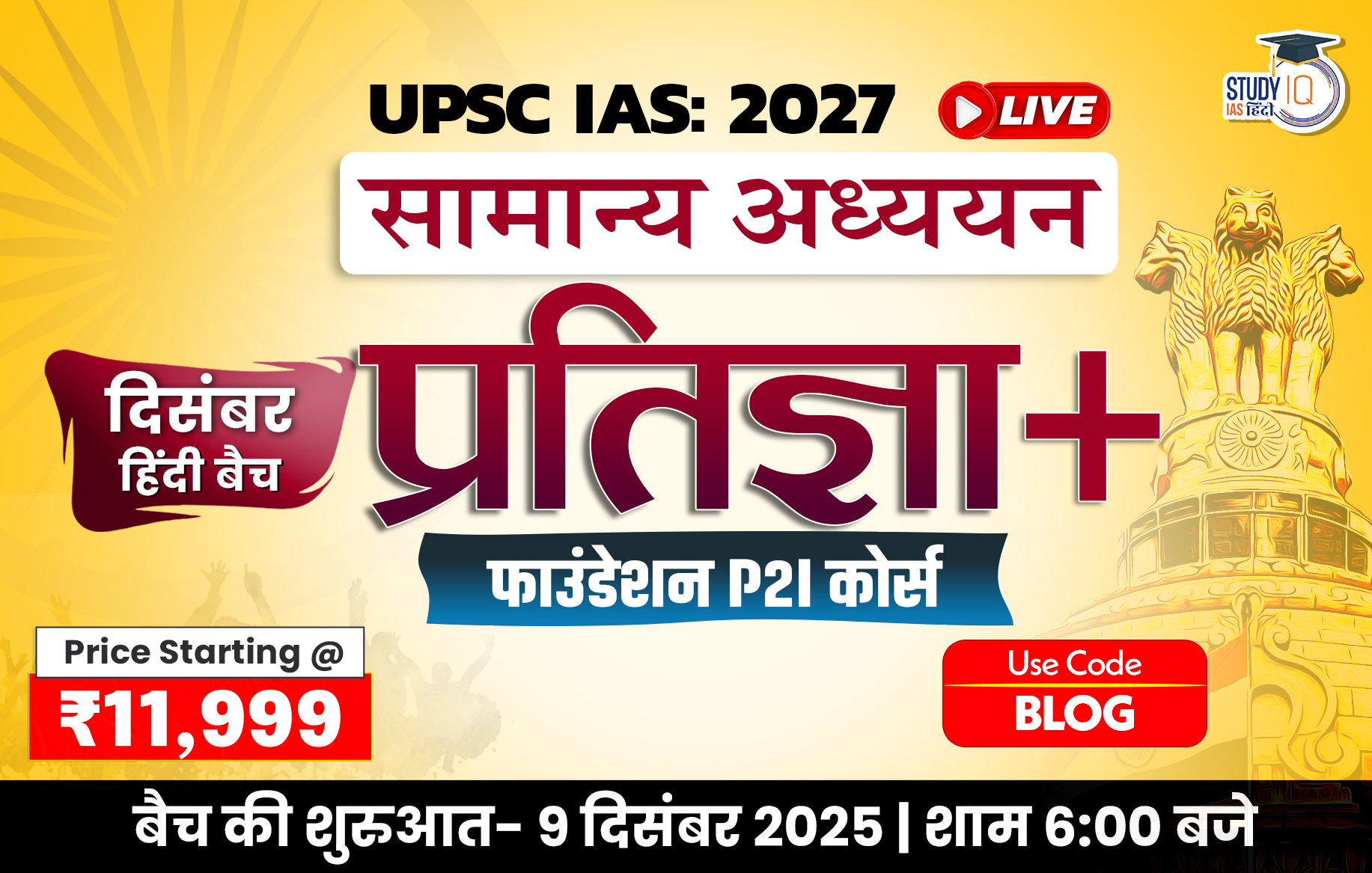Table of Contents
Context: The Ministry of Education released the Performance Grading Index (PGI) 2.0 report for 2022-23 and 2023-24, ranking States/UTs on school education.
About Performance Grading Index (PGI) 2.0
- Purpose: A data-driven assessment tool that evaluates the quality of school education across Indian States and Union Territories.
- Launch Timeline: Introduced in 2017; PGI 2.0 is a revised version aligned with the National Education Policy (NEP) 2020 and Sustainable Development Goals (SDGs).
- Publisher: Released by the Ministry of Education, Government of India.

- Coverage: Measures performance across 6 key domains and 73 indicators, including:
- Learning Outcomes
- Access
- Infrastructure & Facilities
- Equity
- Governance Processes
- Teacher Education & Training
- Grading System: Scores out of 1000 points, categorised into 10 grades from Daksh (highest) to Akanshi-3 (lowest).
Key Highlights from Performance Grading Index 2.0 (2023-24)

- Top Performer:
- Chandigarh secured the highest score with 703 points, falling in the Prachesta-1
- Strongest performance seen in infrastructure and governance.
- Lowest Performer:
- Meghalaya ranked lowest with 417 points, graded as Akanshi-3.
- Major issues noted in learning outcomes and access.
- No State in Top Four Grades:
- No State/UT qualified for Daksh (951–1000) or Utkarsh
- Reflects systemic issues in achieving excellence in education.
- Overall State Progress:
- 24 States/UTs showed improvement in scores.
- However, 12 States/UTs recorded a decline, indicating uneven growth.
- Infrastructure Improvement:
- Delhi, Jammu & Kashmir, and Telangana demonstrated significant progress in school infrastructure and learning environments.
- Learning Outcomes Concern:
- No State reached Daksh in the Learning Outcomes domain.
- Indicates persistent challenges in basic literacy and numeracy, especially at the foundational level.
- Equity Trends:
- The performance gap between SC/ST students and general category students has narrowed slightly.
- However, equity remains a concern, particularly in learning outcomes.
- Access Gains:
- Bihar and Telangana led in improving enrolment and retention, especially among marginalised and disadvantaged groups.


 Mukhyamantri Majhi Ladki Bahin Yojana, O...
Mukhyamantri Majhi Ladki Bahin Yojana, O...
 PM MITRA Parks, Objectives, Key Features...
PM MITRA Parks, Objectives, Key Features...
 Rashtriya Gokul Mission (RGM), Objective...
Rashtriya Gokul Mission (RGM), Objective...

























